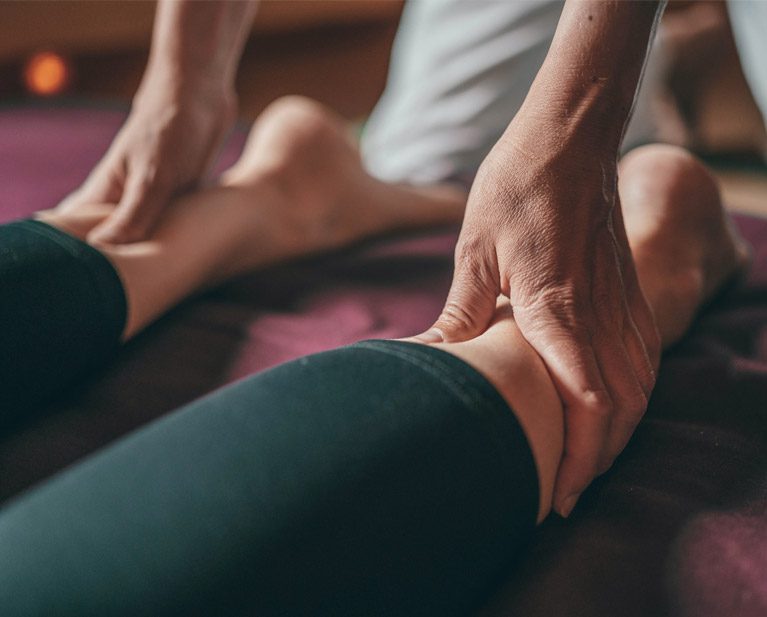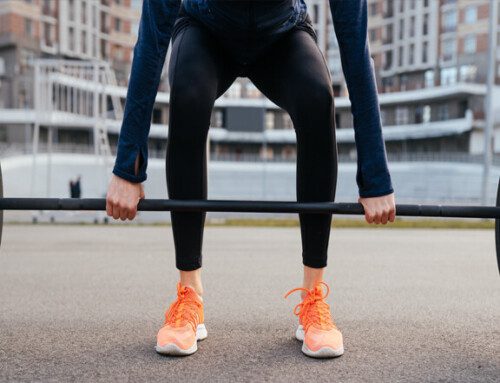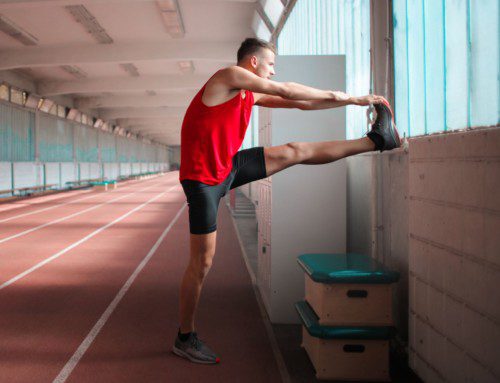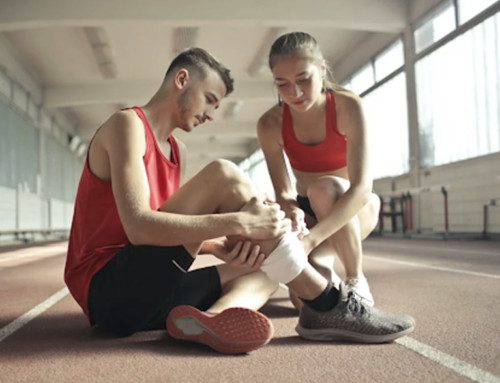Did you ever wake up with a calf cramp at night that made you jump out of bed in pain and wonder what caused this. Well you are not alone. Most people have experienced a calf cramp that has made them squirm in pain at some point in their lives. The interesting thing with calves, there can actually be many causes to this spasm and something that may seem uncomplicated could be the root of other issues like achilles tendonitis or plantar fasciitis.
The reason for this is quite simple. At night we are relaxed and in that state, we tend to sleep with our feet pointed which shortens our calves. Furthermore when a muscle is placed in shorten position for a long duration with the right provocation it has the ability to now spasm. So, that raises the question — what are those provocations:
- Overuse of muscles: from exercise whether it be cardio like increasing your running distance or walking in a new pair of high heels for an longer then normal time
- Position: placing the calves in a position with stress for a period of time as with standing for work for 8 hours or sitting in in awkward position or even falling asleep awkwardly.
- Electrolyte imbalance: Muscles require minerals like calcium, magnesium, potassium as well as sodium in order to contract and relax properly. This can be related to dehydration or later stages or pregnancy.
- Exposure to cold temperatures; especially to cold water or an ice bath. Where the blood is being diverted to the heart and away from the extremities.
- Medical conditions that affect blood flow for the extremities as with peripheral arterial disease.
- A side effect of medication specifically seen in statins and with diuretics.
So, what can I do?
Although immediately stretching will often help to decrease the spasm by walking around or standing on your foot, it is important to look at the deeper cause especially if they are happening frequently.
- Muscle Use
Have you changed your exercise pattern or increased your distance if so you may need to revert to the old training program and increase eccentric calf work to be able to accommodate for the increase in distance and then slowly implement the increase once you have stabilized. - Shoe Wear
You may need to put those special shoes aside for a rainy day or at least take a cab to the restaurant instead of walking in heels. Also a back up pair is never a bad idea. Men are not excluded; a bad pair of work shoes can be just as painful so be mindful. - Check Your Diet
I’m not talking about looking in every aspect of vitamins and minerals but more making sure it is well-rounded in terms of getting all food groups. Electrolytes imbalance and dehydration come in many forms from exercise, illness, diet, heat exhaustion and post hangover. You want to make sure you stay hydrated with water. If you are cramping, an easy electrolytes rebalancer that is quickly absorbed and is not a sugary drink is coconut water with a pinch of salt. - Temperature
Avoid exposure to extreme colds without properly dressing. Wearing compression stocking post run or using recovery tights is often a great strategy to maintain proper blood distribution. - Medication
Check the side effects of your medications. It seems simple but you would be surprised at how many people find that the constant cramps are actually related to their medications and solving it as easy as changing their meds.
Treat those calves
A few tricks to getting those calves to now loosen now that that the fibers have bound together would be:
- Heat from a heating pad or hot shower. Increased blood flow and warmth can help them release. Sleeping with a heating pad or wearing a thermacare may be a little trick.
- Foam rolling but not the typical foam rolling that you may think of where you roll up and down. Instead rolling side to side is much more effective because it essentially develops cross friction on the knots and can release the tightnesses
- Eccentric calf work or leg lowers. You want an exercise that lengthens and strengthens the muscle without shortening it. So, going up on both toes and shifting your weight to one then lowering to a count of three will often help.





